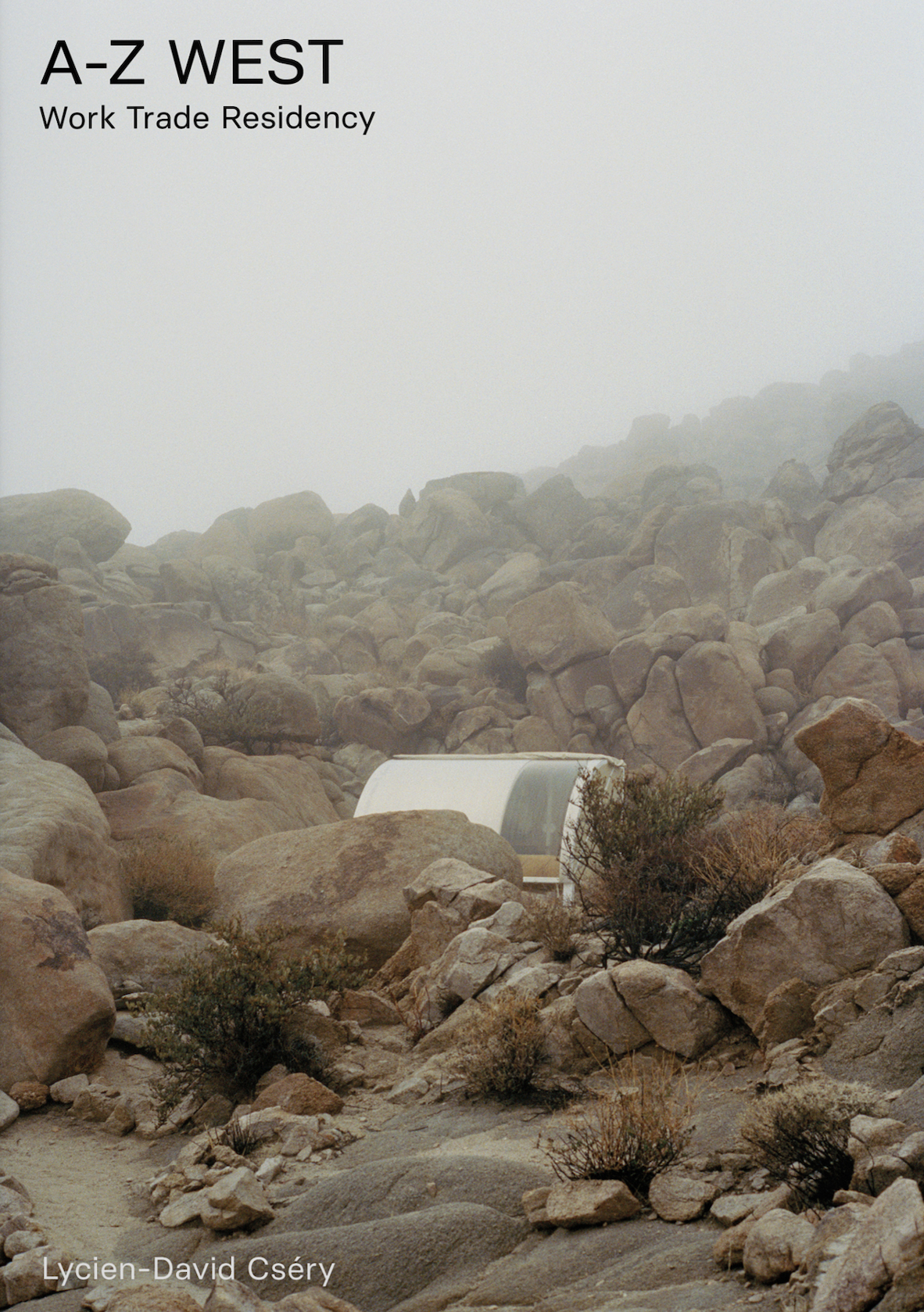Lycien-David Cséry
Lycien-David Cséry is a photographer and artist based in Buchenberg, Allgäu. After assisting Jay Nelson in Los Angeles (2018) and completing a Work Trade Residency at A-Z West (Andrea Zittel) in Joshua Tree (2016/2018), Cséry continues to refine a visual approach rooted in close observation and subtle shifts in surface and form. In 2012, he was a co-founded of Affenfaust Galerie in Hamburg.
His first artist book, Cracks and Dents, was published in May 2025 by Distanz Verlag. The book presents a series of close-up photographs capturing the wear and tear of various car bodies—mainly shot in Los Angeles. Cséry documents a remarkable range of textures, shapes, and colors found on automotive surfaces marked by rust, oxidation, dirt, and peeling paint.
His images lend these materials an almost organic quality, allowing them to resonate with viewers on a surprisingly intimate level. Through this closeness, the images take on a visceral quality, reminding of personal injuries past. The title of the series is a nod to American “Crack and Dent Sales” where lightly damaged goods are sold at a discount.
However, Cracks and Dents does not only illustrate material weakness or avoidable damages, but also the touch of the human hand to machine: attempts to make urgent and often makeshift repairs to necessary components. With great care and laser focus, Cséry directs his audience to reflect on their relationships with derogation and everyday ownership.
His first artist book, Cracks and Dents, was published in May 2025 by Distanz Verlag. The book presents a series of close-up photographs capturing the wear and tear of various car bodies—mainly shot in Los Angeles. Cséry documents a remarkable range of textures, shapes, and colors found on automotive surfaces marked by rust, oxidation, dirt, and peeling paint.
His images lend these materials an almost organic quality, allowing them to resonate with viewers on a surprisingly intimate level. Through this closeness, the images take on a visceral quality, reminding of personal injuries past. The title of the series is a nod to American “Crack and Dent Sales” where lightly damaged goods are sold at a discount.
However, Cracks and Dents does not only illustrate material weakness or avoidable damages, but also the touch of the human hand to machine: attempts to make urgent and often makeshift repairs to necessary components. With great care and laser focus, Cséry directs his audience to reflect on their relationships with derogation and everyday ownership.


